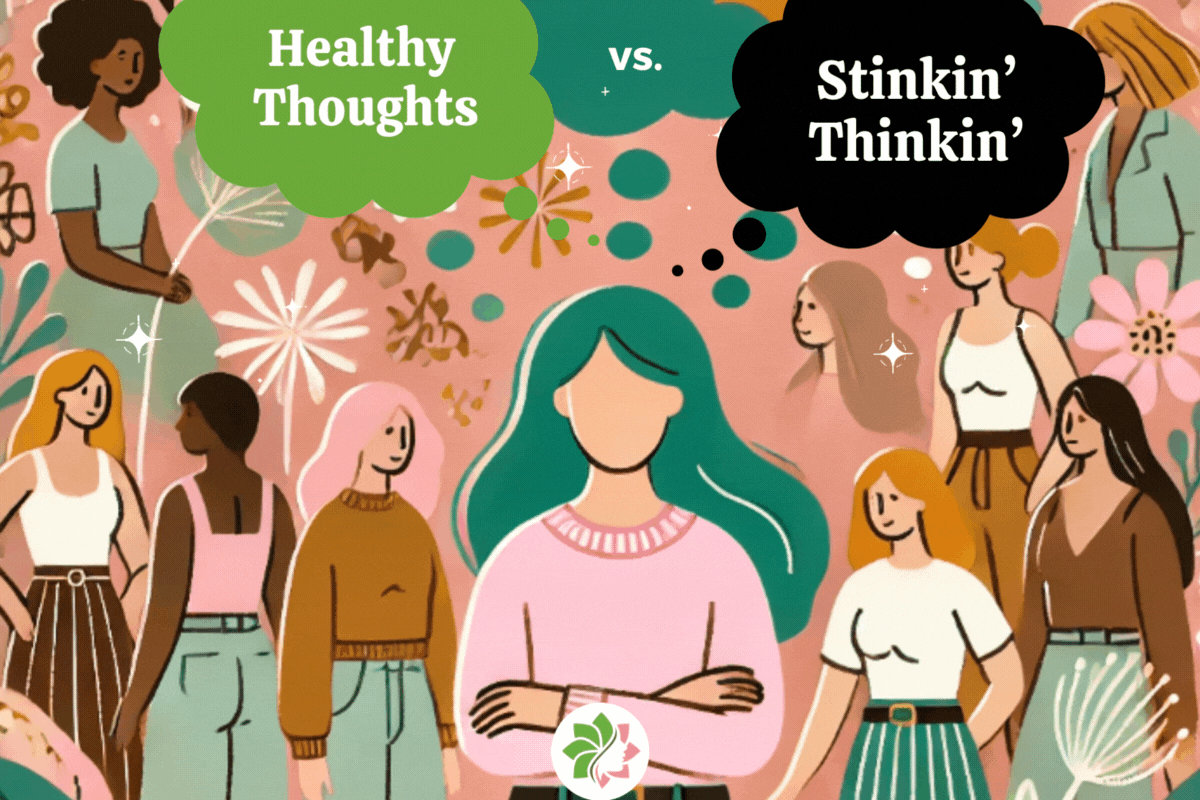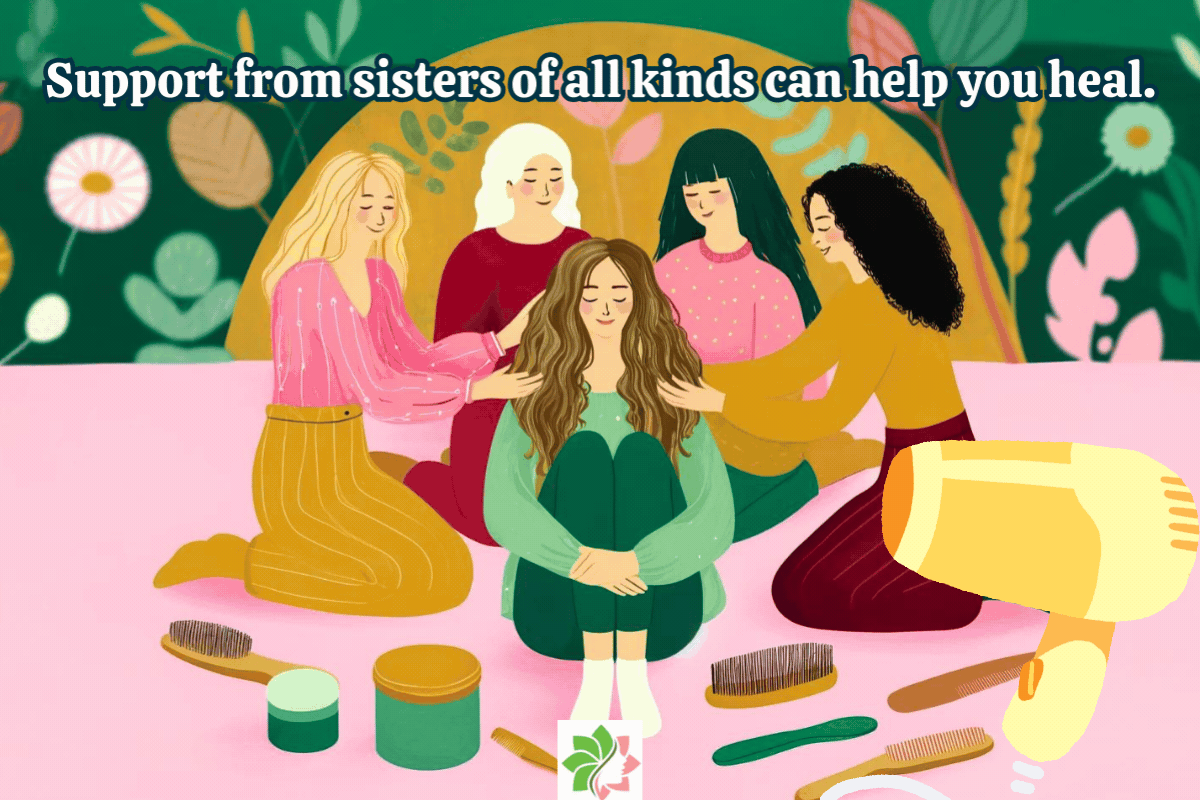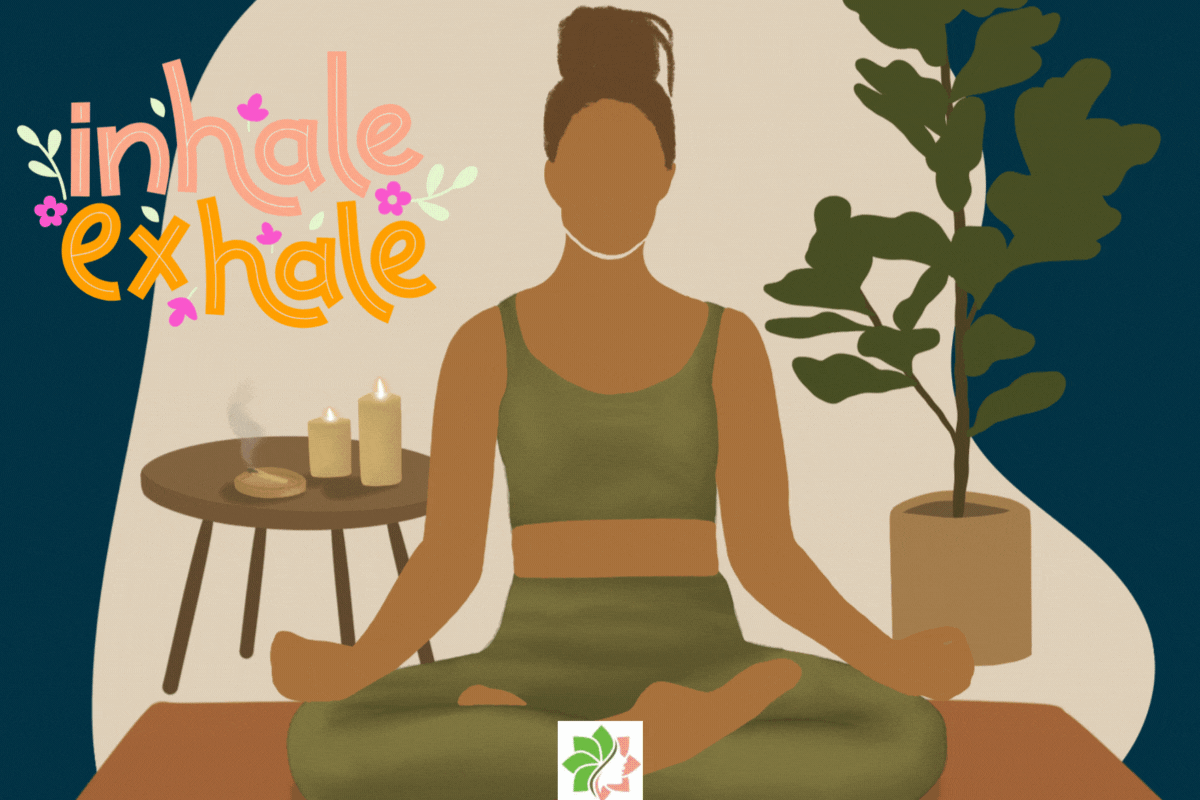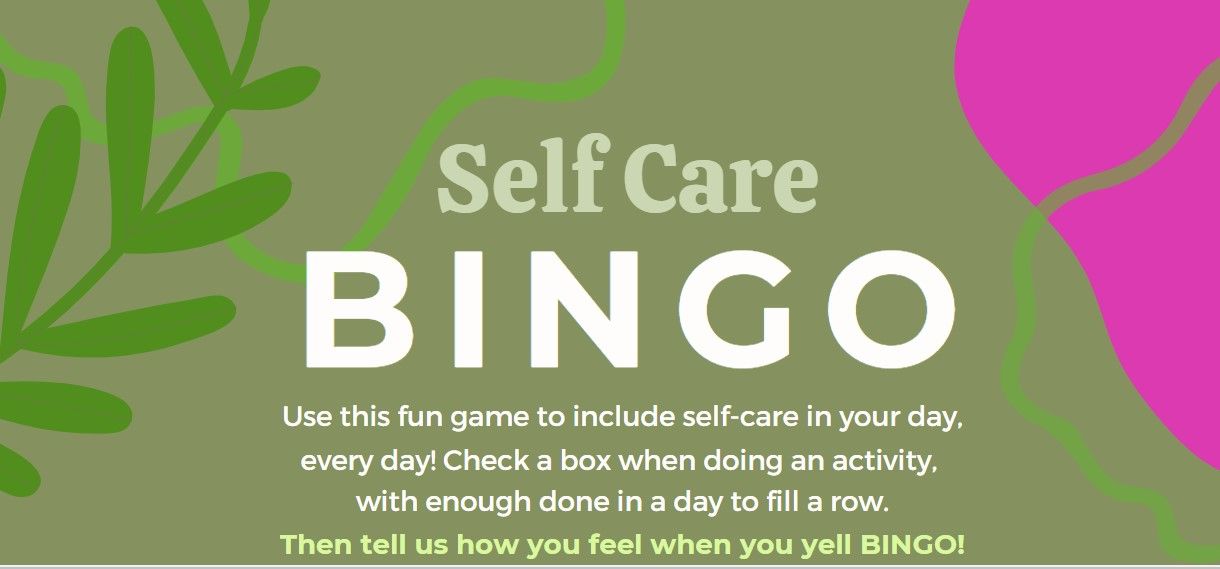Hey beautiful! My name is Diane, and I’m the founder of Healing from Hair Pulling. For more than 35 years, I looked for answers, options, and hope before finally discovering what I needed to heal from chronic hair pulling.
As I learned, I decided to help more women get to the root of the issue too. That’s why I built HFHP as an educational community, to serve as a healing resource for women who are looking for answers, options, and hope, too.
Today, I want to walk you through some practical ways to reduce shame, especially if you’re dealing with trichotillomania. Shame can feel overwhelming, and it can turn into a cycle that makes hair pulling worse.
The great news is there are steps you can take to stop the shame game while creating peace within yourself. Let’s dive into some hands-on strategies that can help you manage feelings of shame:
Reframe Negative Thoughts: Start by noticing those harsh thoughts that come up when you feel ashamed. Write them down. Then, challenge them!
Ask yourself, "Is this thought really true? Is there another way to look at this situation?" By regularly practicing this, you’ll start to shift how you see yourself.
Behavioral Experiments: Try doing something that normally makes you feel ashamed, but in a small, controlled way.
For example, if you feel ashamed about your hair-pulling, wear your hair naturally in a safe space, like around supportive friends. Over time, these experiments can help reduce the power of shame.
Mindful Self-Compassion: The next time you catch yourself being self-critical, pause. Take a deep breath and imagine what you would say to a dear friend in your situation. Then, say that to yourself.
Practice treating yourself with the same kindness you’d offer someone you love.
Self-Compassion Exercises: Try writing a letter to yourself from the perspective of someone who cares about you. In this letter, acknowledge your struggles but also highlight your strengths.
You can also try a self-compassion meditation; there are plenty of guided ones online.

Reauthoring Your Story: Sit down with a journal and write the story of your life focusing on your resilience and strengths.
How have you overcome challenges? What have you learned from your experiences? This can help you see your life in a more empowering light.
Externalizing the Problem: Instead of saying "I am ashamed," try saying, "I experience shame sometimes." This little shift can help you see shame as something separate from who you are, making it easier to manage.
Facing Shame Triggers: Identify a situation that triggers your shame, like talking about your TTM. Start by exposing yourself to this trigger in a small way. For example, talk about your experience with a trusted friend. Gradually, you can build up to more challenging situations.
Desensitization Techniques: Repeat this exposure until the situation no longer feels as intense. Over time, your brain learns that these triggers aren’t as threatening as they seem.
Accepting Your Feelings: Instead of fighting your feelings of shame, try accepting them. Acknowledge the feeling by saying, "I notice I’m feeling ashamed right now," and then shift your focus to what you value.
What action can you take that aligns with your values, even with this feeling?
Values-Based Living: Identify your core values. Maybe it’s honesty, kindness, or growth. Use these values to guide your actions, even when shame tries to hold you back.
Sharing Experiences: Start small by sharing your experiences in a safe, supportive environment. This could be in our HFHP community or with close friends.
Sharing helps normalize the experience and reminds you that you’re not alone.
Receiving Empathy: Allow yourself to receive support and empathy from others. Sometimes, just hearing “I understand” can be incredibly healing.

Mindful Awareness: Practice being present with your thoughts and feelings without judgment. Try this: the next time you feel ashamed, sit quietly and focus on your breath.
Notice the feeling of shame, but don’t engage with it. Just observe it, like a cloud passing by.
Breathing Exercises: Practice deep breathing whenever you start feeling overwhelmed by shame. Inhale deeply, hold for a moment, and then exhale slowly. This simple practice can help calm your mind and body.
Developing Self-Compassion: Imagine a compassionate figure, whether it’s a mentor, a friend, or even a version of yourself. How would they respond to your feelings of shame?
Use this imagery to guide your own self-talk.
Imagery Exercises: Spend a few minutes each day visualizing yourself in a safe, compassionate space. This can help create a more supportive inner dialogue over time.
Expressive Arts: Grab some art supplies and create something that expresses how shame feels for you. It doesn’t have to be perfect.
The act of creating can help you process those feelings in a non-verbal way.
Creative Expression: Engage in a creative activity you enjoy, whether it’s painting, writing, or dancing. These activities can help you reconnect with your sense of self-worth.
Self-Check Journals: Start a journal dedicated to processing your feelings, including shame.
Write about your experiences, what triggered your feelings (like shame), and how you felt plus a way that help you change the way you feel about it. Over time, this can help you see patterns and begin to heal.
Gratitude Journaling: Shift your focus in this journal by writing down three things you’re grateful for each day after you write down how you felt. This can help balance out feelings of shame with positive emotions.
Learning About Shame: Educate yourself about the psychological and physiological aspects of shame. Understanding why you feel this way can help reduce its power over you.
Educational Resources: Seek out books, workshops, or online resources about shame and self-compassion. The more you know, the better equipped you’ll be to handle these feelings.

Body Awareness: Practice tuning into your body’s sensations when you feel ashamed. Notice where you feel tension or discomfort, and try to release it through gentle movement or deep breathing.
Physical Movement: Engage in activities like yoga or dance that help you connect positively with your body. This can help counteract the emotional disconnection that often comes with shame.
If you're looking for more guidance or just a place to share your journey, the HFHP community is here for you.
Explore our
UnTrick Yourself™ program, where you'll find personalized support, education on how to work through your feelings, and a team of friendly women who truly understand what you’re going through—because we all have trich, too.
In this program, we teach you self-care strategies through tools like our
Self-Care BINGO™ game, played via daily text messages, to help you adopt a self-care routine that works best for you!

These steps are here to guide you on your journey to reducing shame and building a healthier relationship with yourself. Remember, it’s okay to take things one step at a time. Every small effort counts, and over time, you’ll notice a shift in how you feel.
Start New Practices with Us to End the Shame Game
You’re not alone on this path, and we’re here to support you every step of the way. Ready to play some self-care BINGO? Let's do it, together!
Sending you love and light,
-Diane









